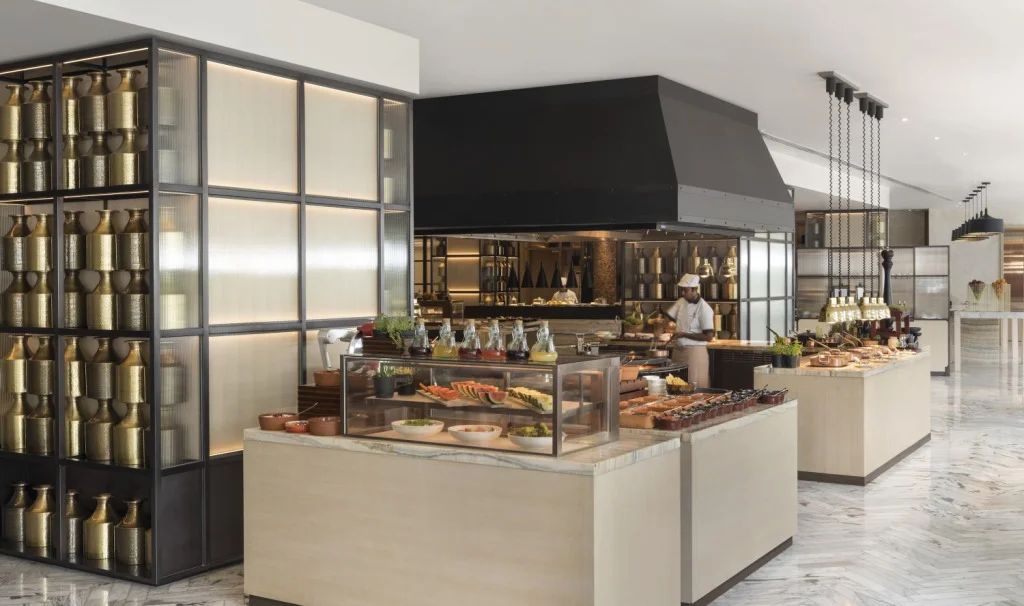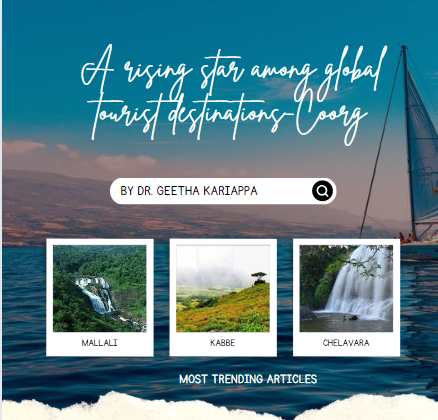
Dr Geetha Kariappa is a professor of English, with 25+ years of experience, teaching graduate and post-graduate classes at the University of Mangalore and Mysore. Her passion lies in writing. As a full-time author, her 4 published novels and short stories with Kodagu and Kodava culture as the backdrop are the best sellers on Amazon.
Travel makes one modest. You see what tiny place you occupy in the world.
–Gustave Flaubert
Someone famously remarked, see the world. It’s more fantastic than any dream made or paid for in factories. Ask for no guarantees, ask for no security.

Kodagu or Coorg, often referred to as the ‘Scotland of India’, is the most searched travel destination of the year and secured the 7th position among the world’s top 10 tourist destinations. This recognition is a testimony to the district’s natural beauty, enchanting scenery, gushing waterfalls and virgin forests. It has numerous resorts and homestays and its 7th global ranking places it alongside renowned destinations like Sri Lanka, Goa, Bali, Thailand, Kashmir, Andaman and Nicobar, Italy, and Switzerland.
Coorg is immersed in a rich cultural heritage of tradition, hospitality and bravery. The small martial race of around 1.5 lakhs of Kodavas as the indigenous people of Kodagu are called, are a warrior clan known for their extraordinary martial abilities. As an ethnic minority worldwide, their attire reflects their ancestral lineage and culture dictates equality between men and women. Their three main festivals honour their ancestors and weapons; celebrate the bounty of paddy and worship the sacred river, Kaveri. In Coorg, every tradition, every dance, and every festival confirms their spirit of resilience.
Nestled amongst the Western Ghats, Coorg is well-known for its lush coffee plantations, verdant woodlands, rolling hills and unexplored terrains. It is a land of mystic and quaint gateways into mind and body relaxation.
Today, I touch upon hidden gems of natural beauty spots that can be charming tourist destinations for tourists willing to explore beyond the winding pathways, fruit orchards, quaint hills and river isles. Let’s uncover 5 unexplored gems that brand them the authentic Coorg.
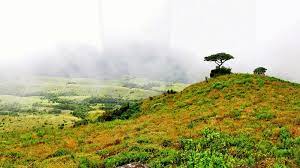
Kabbe Biological Park sitting atop the pristine dense jungle of Kabbe Hills, situated 45 kms from Madikeri, the largest town of Coorg District, offers safari trips. You can soak in the echoes of birdsongs amidst tall bamboo strips, and sight spotted deer, gaurs and wary leopards. This little-known bio reserve forest makes an ideal nature watch for families beyond crowded reserves.
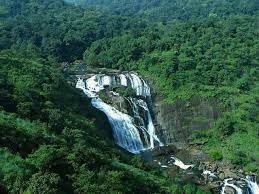
2. The hidden twin Waterfalls of Mallali near Somwarpet is another surreal delight as visitors come upon it surrounded by the verdant wilderness of lush forests. One can easily lose themselves in the tranquil spectacle as foamy currents of water swirl around the massive rocks in perfect symphony. You will be in sync with nature if you want to sit and meditate on the rocks.
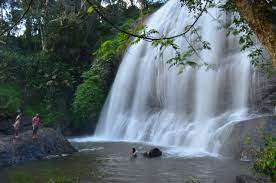
3. The splendid Chelavara Falls located merely 20 kilometres uphill from Madikeri township brings one closer again to vibrant natural forces untouched by traveller footprints. As we ride uphill, maybe in a car or jeep, we encounter kingfishers and hear the distant boom of the waterfall. The majesty of a great swathe of white foamy waterfall hurtling down from lofty cliffs into an emerald jewel of a pool is a sight to behold. Early morning visits are an ideal time to connect with nature.
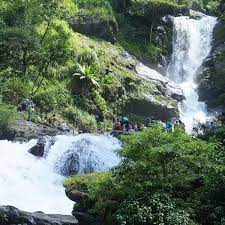
4. The Irpu falls within the sacred forests beside the Lakshmana Tirtha River near Kurchi village is a dreamlike place. It unites picturesque nature with eternal legend as Lord Lakshmana is supposed to have performed atonement here revealing the Irpu Falls. The visitors feel spiritually connected through worship and adoration that has spanned centuries. There arises a mystic aura surrounding the place.
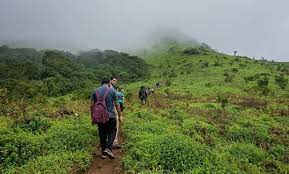
5. The Chomakund Mountain trekking trail, located 45 kms from Madikeri township is another fresh discovery. It straddles the Western Ghats reaching 5500 feet for seasoned trekkers. It’s a concentrated 6-hour climb, and you may sight kingfishers or wild Gaurs. The comprehensive 360-degree scenery showcases rolling grasslands and the whole district unfolds before you. It’s like a new exploration beyond the scripted holiday.
Besides the coffee plantations, you may explore fragrant spice gardens of cardamom, pepper, and vanilla grown alongside coffee in estates in and around Madikeri. You will get a firsthand look at the entire process of coffee, from growth to roasting. It is practical to go on ‘Guided Tours’ where you can explore the greenery, and coffee shrubs, learn about different crops, and witness the fascinating coffee-roasting process.
Visit the ‘World Coffee Museum’, in ‘Mercara Gold Estate’ which showcases the journey of coffee, from its birth to the present day; both chronologically and geographically. After the tour, savour a cup of estate-fresh filter coffee.
Don’t forget to enjoy the taste of spices incorporated into the Coorgi cuisine in Coorg’s offbeat, charming ‘Homestays’ in secluded places amidst fruit orchards or rolling hills. Discover the slow simmering of culinary contents in earthen pots over family hearths to spread warmth into your heart. Sit out around the slow-burning bonfire listening to the cicadas sing into the starry night.
These experiences in charming hideaways offer glimpses into local life, authentic Kodava cuisine, and touching conversations with hosts, immersing you in the true spirit of Coorg. Enjoy your stay and come back again. As Roy M. Goodman states, ‘Happiness is a way of travel, not a destination. With age comes wisdom, with travel comes understanding.’
source: http://www.interviewtimes.net / Interview Times / Home> National> Trending / by Dr. Geetha Kariappa / June 23rd, 2024
